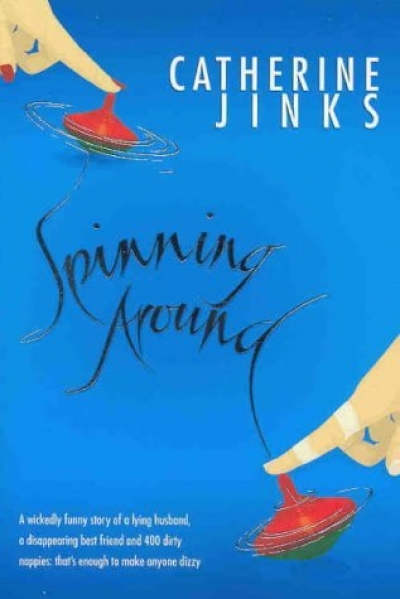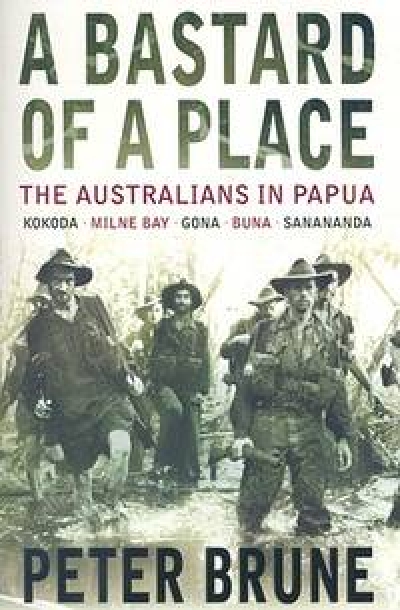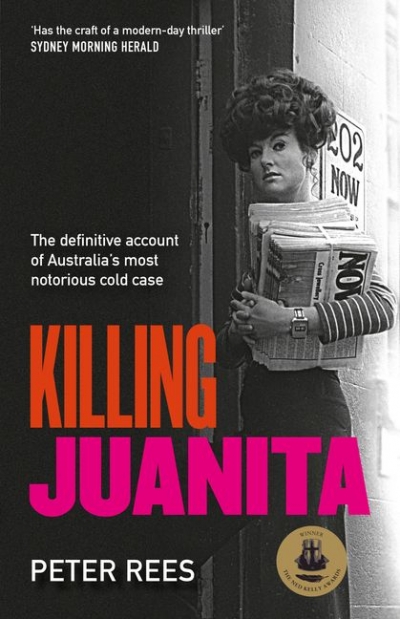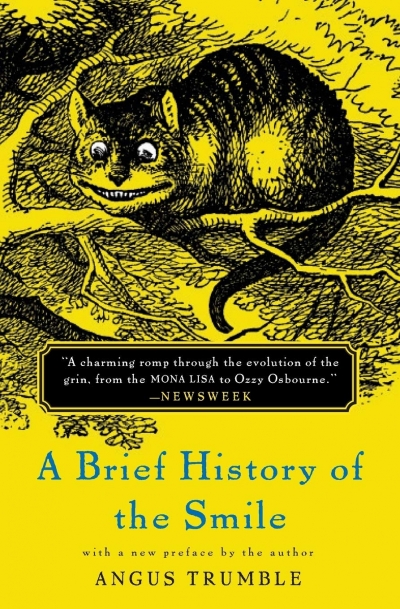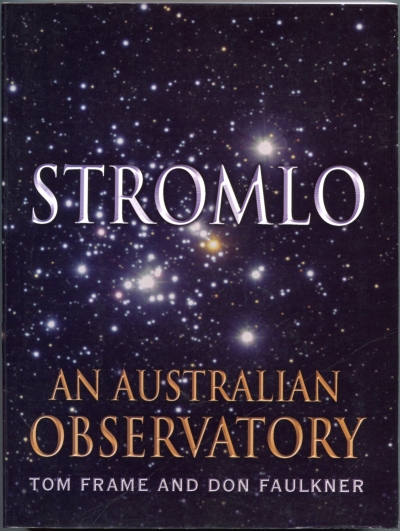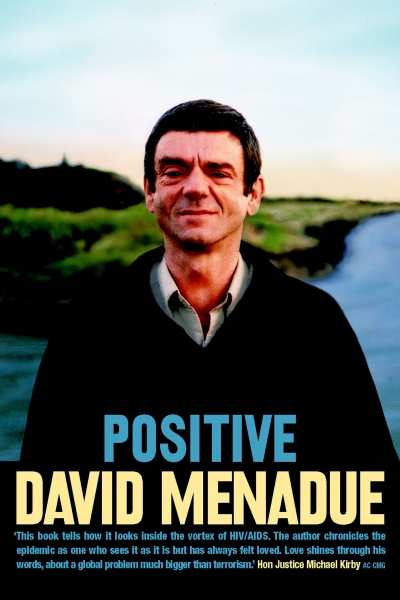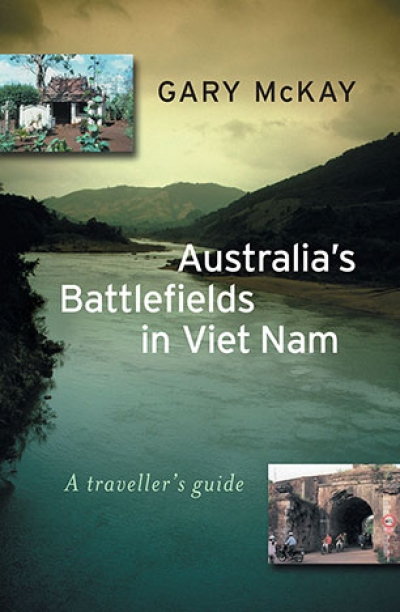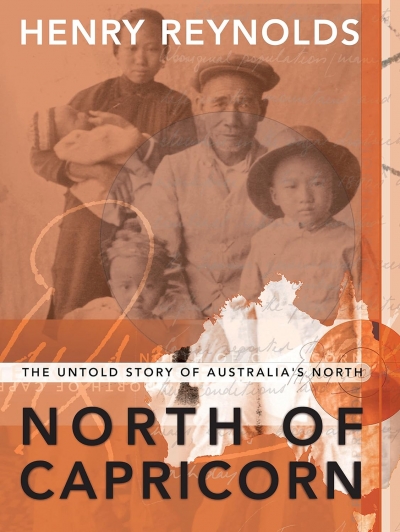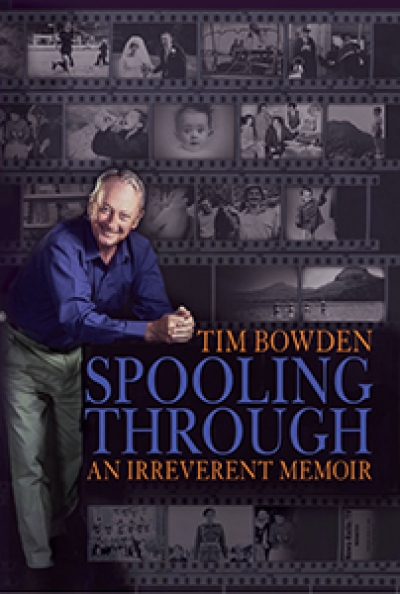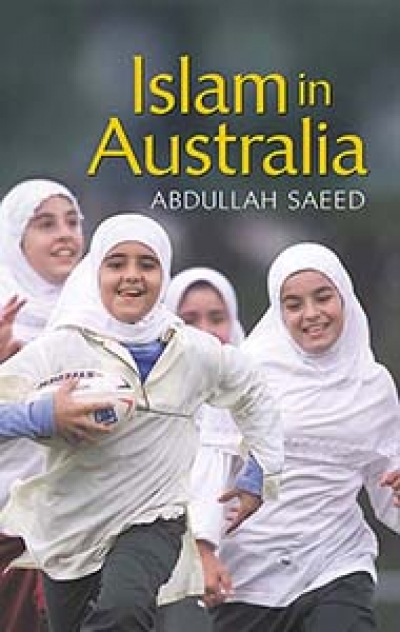Allen & Unwin
A Bastard of a Place: The Australians in Papua by Peter Brune
by Rodney Beecham •
Killing Juanita: A True Story of Murder and Corruption by Peter Rees
by Philip Clark •
Stromlo: An Australian observatory by Tom Frame and Don Faulkner
by Robyn Williams •
Australia’s Battlefields in Viet Nam by Gary McKay & On the Offensive by Ian McNeill and Ashley Ekins
by Jeffrey Grey •
North of Capricorn: The untold story of Australia’s north by Henry Reynolds
by Nicholas Jose •

